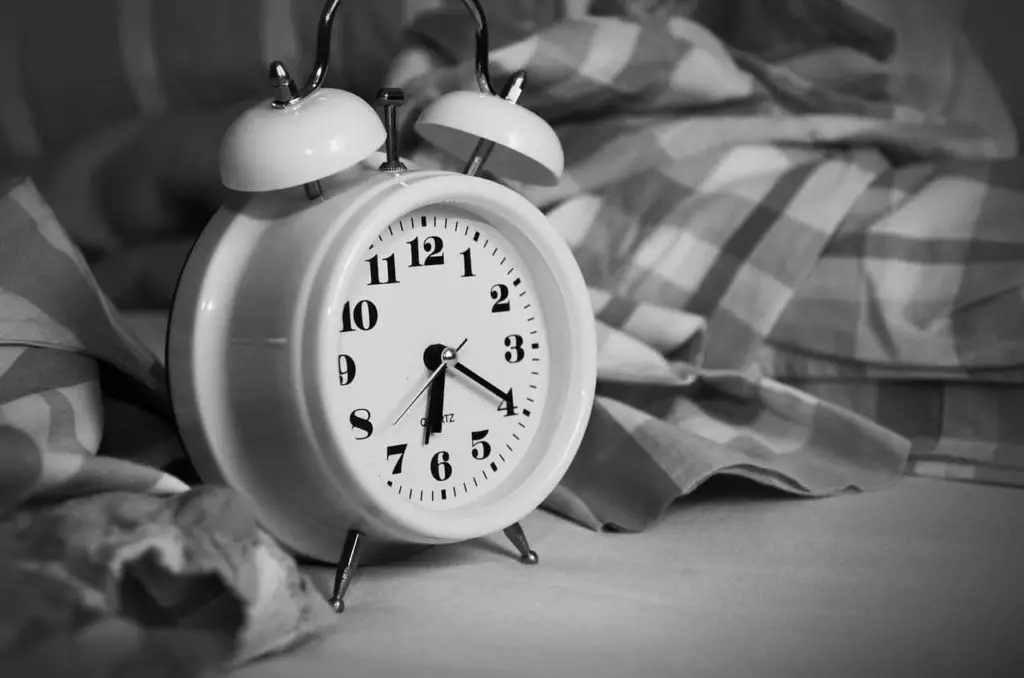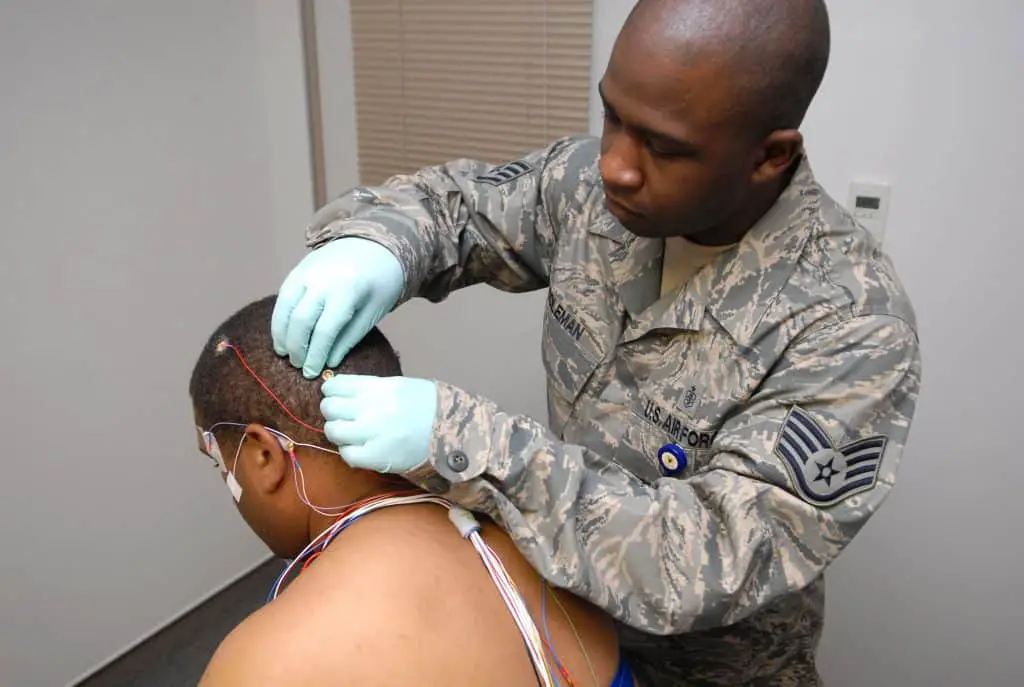In my last blog post, I talked about sleep efficiency, which is a measure of sleep quality. Today I'll explain another closely related sleep metric called sleep latency which is also an important indication of your overall sleep quality.
How long does it take you to fall asleep when your head hits the pillow? 1 minute, 5 minutes, 30 minutes?
Some lucky sleepers can fall asleep in as few as 10 minutes while some of us can take up to half an hour before sleeping.
The amount of time you take to fall asleep is called sleep latency.
The term has its origins from scientific sleep studies. Sleep specialists have been using it for years to diagnose various sleep disorders like insomnia and narcolepsy.
Sleep latency is strongly related to sleep efficiency and sleep debt.
Low sleep latency means you fall asleep very quickly when you get into bed. High sleep latency means you tend to count sheep for quite a while before you manage to snooze off.
Ideally, your sleep latency should neither be too low nor too high. Anywhere between 15-20 minutes is considered normal sleep latency.
Sleep Latency and Sleep Debt

Low sleep latency is usually not a good thing. Being able to fall asleep in less than 2 minutes is nothing to boast about. It's usually a sign of sleep debt which is caused by sleep deprivation.
Sleep debt happens when you don’t get enough sleep and the body tries to compensate for that lost time during later sleep sessions.
Essentially, your body keeps track of how much sleep it is owed. That’s why you might find that you sleep longer on a specific night if you didn’t sleep well the previous night.
You’ll also fall asleep faster. That is, you’ll have low sleep latency.
Sleep latency of less than 15 minutes is an indication of mild sleep debt. Sleep latency of less than 10 minutes is considered to be a sign of significant sleep debt and sleep latency of less than 5 minutes means you have severe sleep debt and sleep deprivation.
The other extreme is also not good. If you take more than 30 minutes to fall asleep, you might have insomnia or some other sleep disorder.
Sleep Latency and Sleep Efficiency
Another metric measured by sleep specialists is sleep efficiency, which I explained in my previous blog post. It is the percentage of time you spend asleep while lying in bed.
High sleep efficiency (85% and up) means you are getting quality sleep.
Sleep latency directly impacts sleep efficiency.
If you have excessively high sleep latency (you take more than 30 minutes to fall asleep), your sleep efficiency score will drop. This will affect your overall sleep quality.
How to Measure Your Sleep Latency at Home
It’s fairly difficult to measure your own sleep latency at home. This is because most of us never realize the exact moment when we sleep.
One interesting technique proposed by famous sleep researcher, Nathaniel Kleitman, involves a spoon and plate.
Hold a spoon over the edge of the bed and position an empty plate over it. Check the time before you sleep.
As soon as you sleep, the spoon will hit the plate, thus waking you up. Check the time again. The number of minutes that has passed is your sleep latency.
You are supposed to do this test during the day in a dark quiet room. Do it 3-5 times (with a 2hr break in between) to get your average sleep latency.
Use this scientific score chart to rank your results.
0-5 minutes – severe sleep deprivation
5-10 minutes – troublesome sleep deprivation
10-15 minutes – mild but manageable sleep deprivation
15-20 minutes – little to no sleep deprivation/debt (target score)
Multi Sleep Latency Test

If you want a more accurate measure of your sleep latency you’ll have to undertake a sleep study. Find a sleep clinic run by a certified sleep specialist.
The specialist will start with an overnight sleep study and then conduct a full multi sleep latency test over the course of the next day.
The test will involve 4-5 sleep sessions each running for 20 minutes with a 2hr break between each.
You’ll be hooked up to various sensors and then asked to lie down and relax in a dark quiet room. The sleep specialist will then measure how long it takes for you to fall asleep to get an average sleep latency score.
How to Achieve the Ideal Sleep Latency
- Make sure you are getting enough sleep every night to prevent sleep debt. Check that your sleep environment is optimal and that you are sleeping on a comfortable mattress. If your mattress is worn out, check out our top reviews to find the most comfortable online mattress from brands like Leesa and Casper.
- Don’t bring your gadgets to bed. They will lead to a high sleep latency because they will prevent you from falling asleep quickly.
- Make sure you are relaxed when you come to bed. Stress can increase sleep latency beyond the ideal range. A warm bath, yoga and meditation are some relaxation techniques you can try adding to your sleep routine.
- If you cannot sleep, get out of bed and find something else to do. The more you struggle to fall asleep the more difficult it will actually be to sleep. Come back to bed when you feel relaxed and ready to sleep.
Affiliate Disclosure
Affiliate Disclosure: I may earn a small commission (at no cost to you) if you purchase a mattress after clicking a referral link or using a coupon code on this site. That said, all content and opinions on this site are my own and are NOT affected by these payments.
This site participates in the Amazon Services LLC Associates Program, an affiliate advertising program designed to provide a means for sites to earn advertising fees by advertising and linking to Amazon.com.
*Amazon and the Amazon logo are trademarks of Amazon.com, Inc, or its affiliates.

